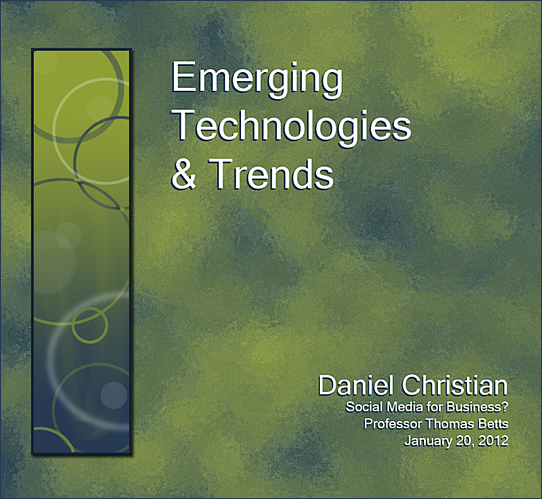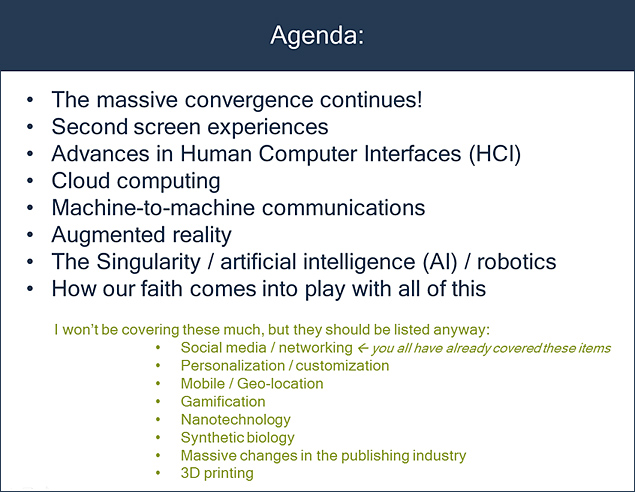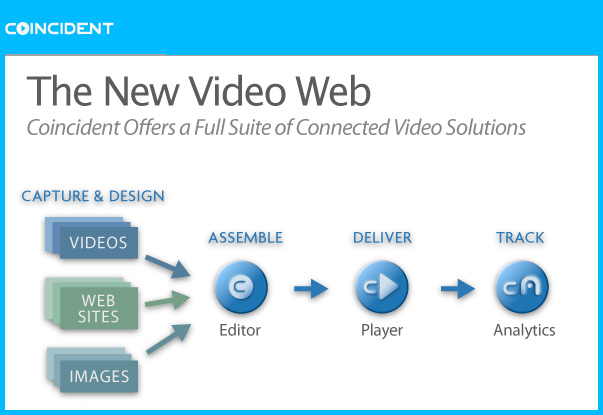
Also see:
- Kanex ATV Pro connects Apple TV to VGA projectors — from tuaw.com by Steven Sande
- Apple TV in the classroom — from instructionaltechtalk.com
What is AirServer? — my thanks to Mr. Johnny Ansari at Calvin College for this resource
Overview
AirServer is a powerful Mac/PC application that enables you to stream or mirror your iOS device, such as your iPhone 4S, to your Mac/PC. If your computer is connected to a secondary or alternative display, such as an HDTV or projector, your iOS device can use that display. If your iOS device allows Mirroring then anything you see on that device can be displayed on the big screen.
AirServer is the most advanced AirPlay/AirTunes receiver app on the market. Mirroring has been fully supported since version 4.0 of AirServer. No other app will let you seamlessly stream audio, videos, photos, and photo slideshows to your Mac or iOS device. AirServer gives you more features for less money, and it keeps getting better. Android fans rejoice: we now support AirPlay streaming to Mac from Android devices running doubleTwist+AirTwist.
AirServer makes history — 1 May, 2012
We’re so hyped about our latest breakthrough with AirServer that we couldn’t hold back any longer. This is something no other app has done. This is history in the making.
AirPlay Mirroring for PC is here!
That’s right. AirServer is the first and only software that can Mirror your iPhone/iPad to your Windows PC. This is a pre-release version and doesn’t yet have sound or some of the eye candy features of full blown AirServer. But it does have Mirroring. And Mirroring will enable you to take your iPhone 4S and display the screen pixel perfect on your PC. Over the coming weeks we’ll be adding free updates to the PC version to bring it up to speed with the Mac version. Exciting times ahead.
Updating the second screen ecosystem infographic — from digitalvideospace.blogspot.com
- Watch this space to see how what I call Learning from the Living Room develops!
- It will be interesting to watch how educational gaming dovetails into this as well.
Also see:
- 38% of U.S. households now have a TV connected to the Internet — from leichtmanresearch.com
Video game systems are the key connected devices -
10 living room streaming options compared — from streamingmedia.com by Jose Castillo
Set-top box or game console? Apple TV or Google TV? If you’re in the market for a connected streaming device, read this first.
Considerations for deploying the AppleTV in your school or enterprise — from williamstites.net by William Stites
Excerpt (emphasis DSC):
We are beginning to look at using the AppleTV in our school as part of our iPad deployment but much like the iPads themselves we are in the position of trying to figure out how to deploy and manage a consumer device in the enterprise (schools to all of you).
The reason for considering the use of the AppleTV in the classroom has everything to do (for us) with AirPlay. The ability to give any student the opportunity to share what they are doing on their device with the class and demonstrate their learning is amazing — – can you say bye-bye Smartboards!
But as I play with this idea and discuss it with my colleagues there are some management issues and questions that I have…
AirPlay Mirroring & Apple TV — from Steve Zalot
- Steve has a nice list of related resources and some helpful items re: deployment considerations such as the network, security, and audio/video considerations.
.
- This topic directly relates to one of my dreams for our “Smart Classrooms” and learning spaces (and why Steelcase’ MediaScape product is exciting and gaining traction)— to enable students to “play” media from many types of devices (laptops, smart phones, tablets, etc.) without disrupting the flow of the classroom!
. - Apple must address the network, security, and A/V-related issues for this to really take off in our learning spaces — but if and when they get by these hurdles, amazing results will soon follow!
.
Also see:
- Why go 1:1 iPad? — from The History 2.0 Classroom by Greg Kulowiec
Addendums
- Setting up your iPad for projected display in your classroom — from Teaching with iPad
- Apple TV in the classroom — from instructionaltechtalk.com
- Science class flashes with iPads — from The Chicago Tribune by Lawerence Synett
Crystal Lake program puts tablets in students’ hands

A Crystal Lake science class uses iPads instead of notebooks and pencils.
(Peter Parks, Getty-AFP photo / February 22, 2012)









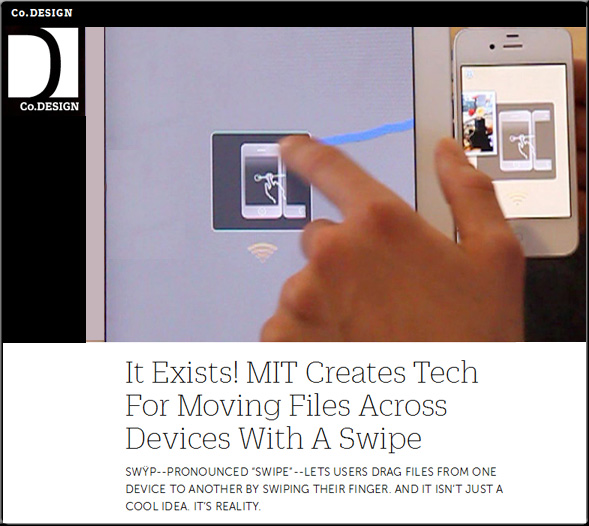






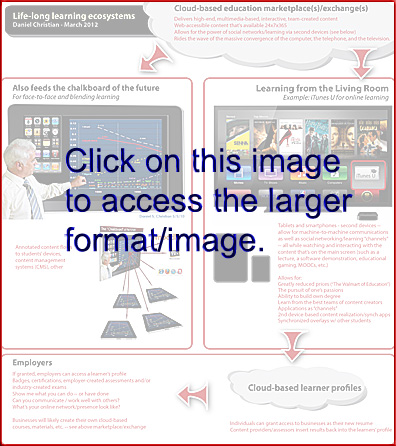
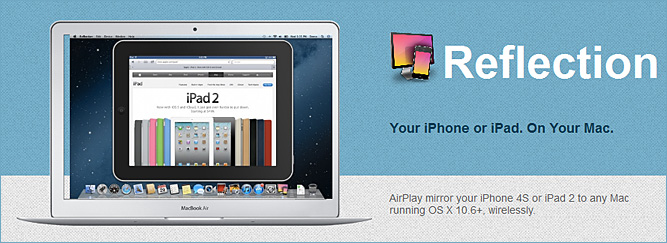

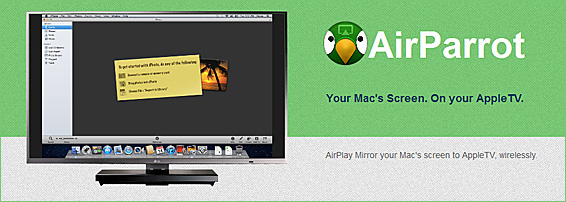
![BusinessEurope-FutureOfIntTV-Feb9-2012 The future of internet TV [Europe]](http://danielschristian.com/learning-ecosystems/wp-content/uploads/2012/02/BusinessEurope-FutureOfIntTV-Feb9-2012.jpg)
